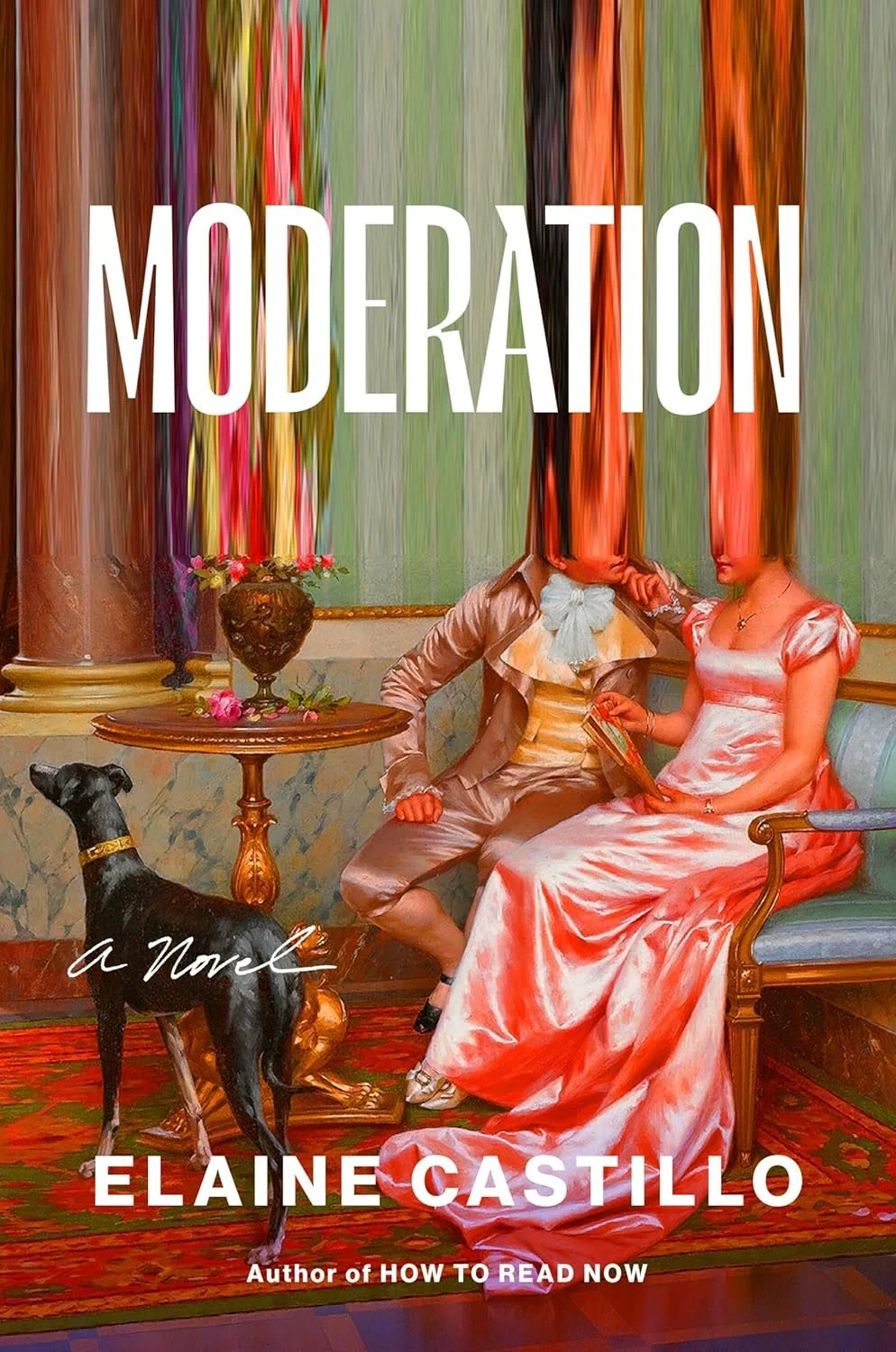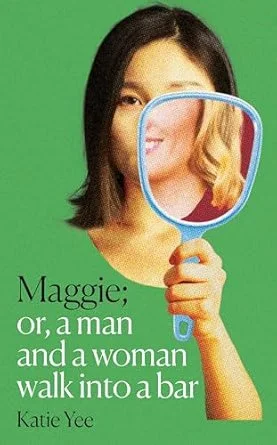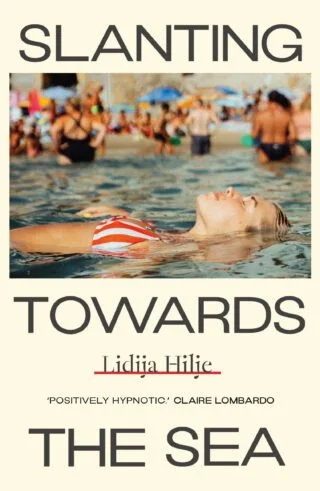Taking Note #8: Who Are We Online?
‘For as long as photography has existed, framing has always been intrinsic to the act of capturing.’
In our last issue, Mythology, our editor Madeleine had the chance to speak to Oenone Forbat - writer, podcaster, influencer, and fledgling comedian - in light of the publication of her debut, Bad Influence. Bad Influence is a voice from inside the influencer economy, a mediation on a life lived online, and a grappling with authenticity and boundaries when your life becomes content, and that content pays your bills. In light of reading this warm and insightful book that tackles a complex and current issue, I’ve been thinking and rethinking the blurred line between our online and ‘real’ selves – if any such thing exists.
When I use social media, this is a point of tension I am consistently aware of: the curation of the self, the building of a persona, the selective filtering. Even the most ‘authentic’ of social media users cannot avoid that this selectivity is simply part of the virtual world and the process of recording oneself. For as long as photography has existed, framing has always been intrinsic to the act of capturing. And for a lot of influencers, purposefully curating and projecting the most ideal version of themself is quite literally their job. For those who make a living from such acts, creating a version of themself is exaggerated, and the separation of their two identities accentuated.
When faced with so much content daily, it’s easy to forget that advertising and consumerism is often the driving force of online presence. While, to an extent, advertising has always relied on selling you a version of yourself - whether it's an idealised you with a specific hair product, a car, an exercise bike - influencer culture takes this mentality many steps further. Rather than simply being advertised a product, people, and their way of existing, become the product to emulate. And it's not just influencers who are doing this, we are also constantly branding ourselves and projecting versions of ourselves online. Oenone speaks about the transactional nature of this in her conversation with Madeleine:
Madeleine: One thing I picked up on throughout the whole book was that there were a lot of paradoxes and contradictions that kept coming up when you talk about the influencer industry. There’s the brand vs the person; the fact that you have to work very hard, but also make it appear effortless; and the comparison to pop music, which I loved, that people tend to love to hate influencers. Do you think all these contradictions are specific to your industry? And do you think these contradictions are what led to your own discomfort about identifying yourself as an influencer?
Oenone: Really good question. I think what makes it unique is the fact that I’m basically just a freelancer who works in advertising, but the difficulty is that I’m at the centre of it. I have to make everything look glossy and beautiful; I’m not just sat behind a desk – I’m the face. I think people find it quite shocking when they realise that I actually just do what all my other girlfriends are doing when they’re working from home. But it’s still so difficult to explain. I know that my life is amazing, but at the same time, I’m not a celebrity and I’m not absolutely loaded, and I don’t go on ridiculous holidays and stuff. And whenever I do, it’s for my work and it’s all part of a transaction. So, it’s like a mirage because on the surface, it looks like one thing, but it’s not really. I tried to talk about this in the book, but it’s so hard to explain!
Madeleine: I know what you mean! You’ve also touched on the fact that you’re essentially a freelance advertiser and, in Bad Influence, you talk about how influencers aren’t exactly free agents, they’re just part of a larger system; the online world of consumerism, marketing, and advertising, so you’re actually a cog within a system you don’t have the ability to control or define. And yet, people tend to pick on influencers as the leading agents in the ‘problem’ – do you think that’s purely because it’s easier to do that than to have a conversation about dismantling all the systems we’ve created?
Oenone: Yes, I definitely think that being the face is the issue. Pre-influencers, the most obvious comparison is magazines. The editors working at magazines would also be sent certain gifts and products but because they were faceless, and sometimes nameless, nobody would judge that. The magazine is more of a concept or an identity, not a person. Like, who is Cosmo? Who is Vogue? We don’t know that person. Influencers do all the same things that would happen under the umbrella of a magazine, but now there is a face and a person that you can message, and a person you can get to know and be annoyed at or fall in love with, and that’s what makes it confusing. These types of things have existed for a long time, but just under different guises. But what people hate us for is also the reason that they love us. So, people will simultaneously think, ‘Why should Oenone get this?’ But then they also want all the things I have even more because they know me as a person. Unlike the journalist in a magazine or the celebrity who’s advertising something, they feel like they have a relationship with me, and it’s that relationship that makes influences incredibly lucrative advertisers. So again, everything has got that duality.
[…] Read the full interview in Issue 117, Mythology.
It’s really fascinating how social media has changed over the years since its inception. I remember a decade ago how overtly filtered and styled everything used to be, whereas now, a perception of ease and authenticity is more favoured. Take Tiktok, or the ‘photodump’; it's ostensibly less curated and more ‘real’, but is it really so easeful? Being more authentic online has in and of itself become the trend, and despite the #ad tag, this makes advertising and marketing less overt.
Some recommended reading on this topic is the seminal Trick Mirror by Gia Tolentino. Gia Tolentino’s essay ‘The Age of Instagram Face’ and ‘Always be Optimizing’ explores how our virtual and real selves are becoming, or have become, transmutable. And with intensive toning exercises and cosmetic surgery, we are filtering our actual bodies. The more ‘real’ the better right? Speaking of Instagram’s aesthetic language, Tolentino writes of ‘rearranging our faces according to whatever increases engagement and likes’. She asks, ‘How had I been changed by an error in which ordinary humans received daily metrics that appeared to quantify how our personalities and our physical selves are performing on the market? What was the logical end of this escalating back and forth between digital and physical improvement?’
Although there are new routes people are taking to exist online, and there are so many great ways we can use social media platforms, awareness is key when it comes to the slowly closing chasm between the real and the virtual.
In our current issue Mythology, we explore mythology from around the globe, and the cultural stories that shape us.
Editorial Picks






